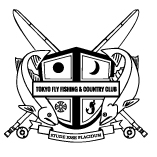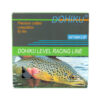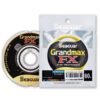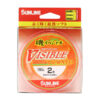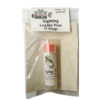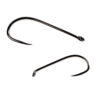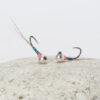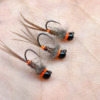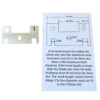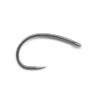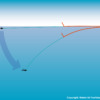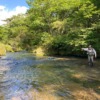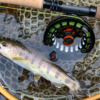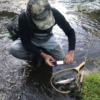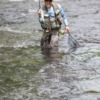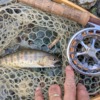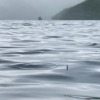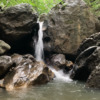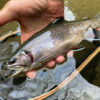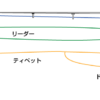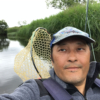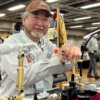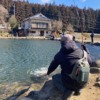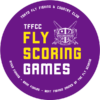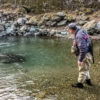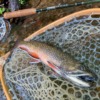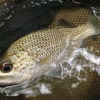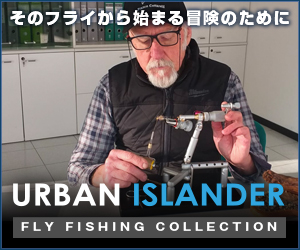Euro Nymphing Basics – How to Choose the Right Tackle
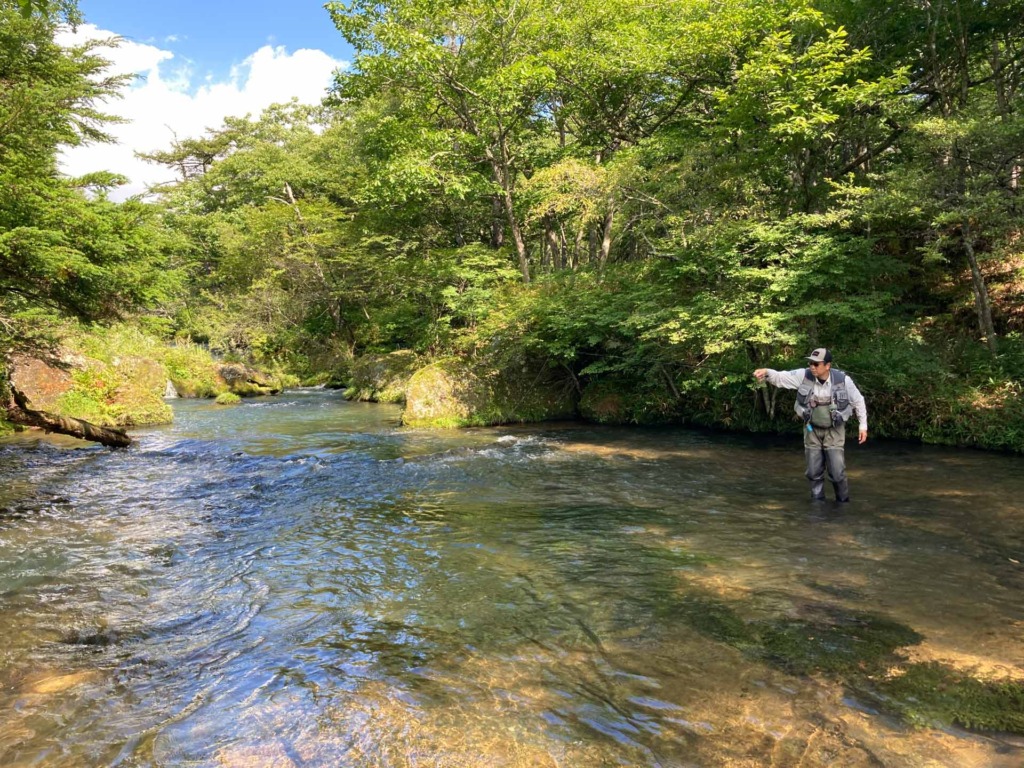
Fly fishing as method can be roughly divided into river fishing, bank fishing, and boat fishing. Jig nymph became prominent fly for river fishing evolved from traditional sunken nymph integrated into jig hook which has strong advantages imitating naturals, being able to target X mark in water as in wet fly, and having hook point facing upward avoiding snags while holding fish in upper jaw giving further benefit of high retention and quick release.
Jig nymph can work best at fishes holding position in bottom to mid range, has plenty of weight optimizing not needing sinkers, and provide direct control in stream giving better performance. Euro nymphing or tight line nymphing is a system using jig nymph as single fly or a part of dropper rig to maximize fishing efficiency.
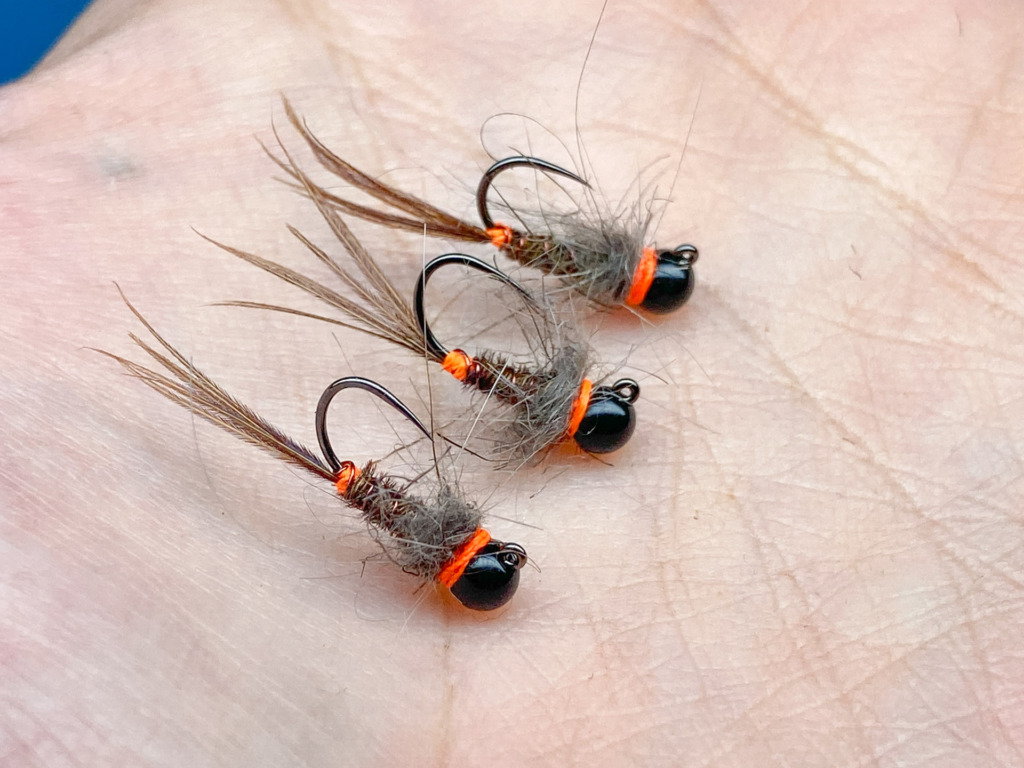
This nymphing method was once known as "Czech Nymphing" named after Team Czech being the first team ever producing jig nymph in such way contributing to their winning games in FIPS-Mouch World Fly Fishing Championship. Then it has become "Euro" nymphing, a perspective from Anglophon countries, after Poland, France, and Spain adopted the style developing their own techniques winning top places.
In Europe, this is known as Contact Nymphing or just competition style nymphing.
In the international competiton rule authorized by FIPS-Mouche, you can use up to 3 flies which can be anything from jig nymph to dry fly. However, heavy weighted jig nymph and bead headed nymph take up the majority of rig having enough weight to cast a far and being efficient able to scan multiple ranges in currents.
There are places in Europe where only 2 flies are permitted and commonly not needing all 3 in many recreational river fishing situation having limited depth unlike in boat fishing. Some change the dropper to high float dry fly setting up Dry Dropper.

In Japan specifically, many rivers forbid the use of multiple flies avoding the use of Sabiki Rig over fishing fisheries, so single fly is the standard - which is not necessary a disadvantage but convenient when changing flies frequently to match the hatch using not only nymphs but dry fly and wet fly.

- 1. Tight Line Nymphing as Direct Sensing Fly Fishing Experience
- 2. Pin Point Presentation
- 3. Short-line Nymphing
- 4. Long-line Nymphing
- 5. Step 1: Choose the Length of Fly Rod Matching to Field
- 6. Step 2: Choose the Weight of Fly Rod for Sensitivity, Castability, and Ability of Fight
- 7. Step 3: Choose a Fly Rod for Its Performance and Budget
- 8. Step 4: Choose Matching Fly Reel
- 9. Step 5: Choose Fly Line
- 10. Step 6: Chose Leader and Tippet
- 11. Step 7: Choose Between Single Fly or Dropper Rig
- 12. Step 8: Select Fly
- 13. Euro Nymphing in Stillwater
- 14. Summary
- 15. FIPS-Mouche Related Topics
- 16. Members Contributing to This Article
- 17. この記事のディスカッションに参加する | Join the Discussion
Tight Line Nymphing as Direct Sensing Fly Fishing Experience
Euro Nymphing or Tight Line Nymphing commmonly use low-weight long fly rod with high tip sensitivity rigged with non-tapered line system that adds no indicator or sinker which interrupts direct control or sensitivity to detect strikes or touching bottom. Weighted nymph is the anchor point of this system knotted with tippet- colour leader - level fly line: allowing to keep maximum tension thus this method is called "Tight Line" or "Contact" nymphing.
Euro Nymhping does not need to force line slack as in dry fly fishing or mending the whole line as done in wet fly, therefore, you can put a fly straight into fish's feeding range ready to sense strikes and maenouver hook set to landing all time directly. This makes this fly fishing very speedy and exciting.
Pin Point Presentation
Deprioritization of fly line managemnet and removal of indicator and shots allows higher accuracy casting fly in close range and in very tight spot and ability to target X mark in 3 dimenstional approach such as a fish hiding under cover or right behind rocks - improving the density of presenation which can contribute to attaining more strikes and catches giving you more fish or saving your bad day.
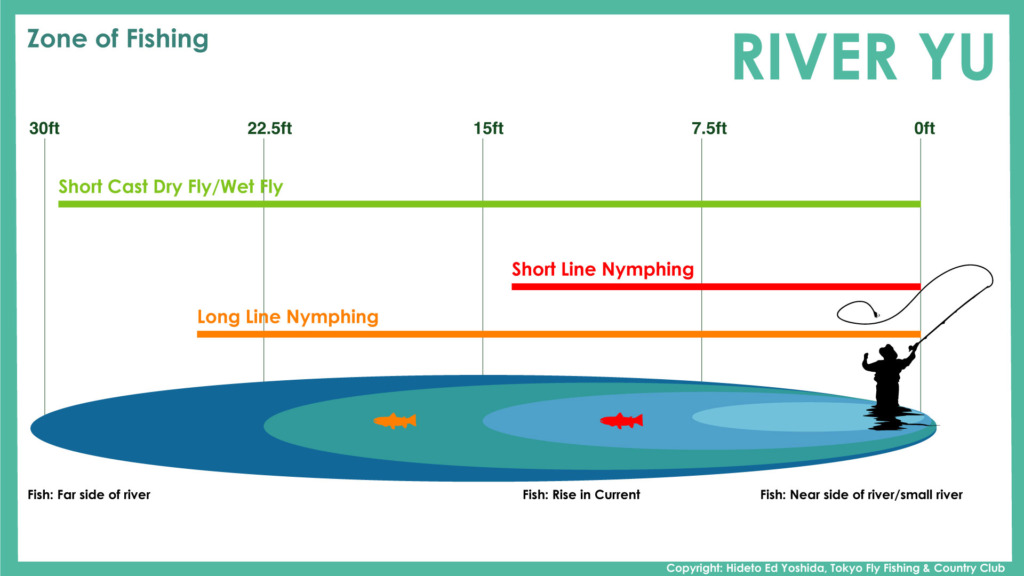
Short-line Nymphing
Primary way to fish nymph is not using any part of thick flyline, but only leader and tippet locked by rod hand knonw as Short-line Nymphing.
Angler should position side way from the X mark then make tuck cast (flip cast) 45 degrees upstream then drift the fly while keeping firm tension leading with rod tip witout feeding any part of fly line which only cause slack.
Tippet is set to 1.5 times the depth of stream while coloured leader remains above water as indicator.
Line is mostly kept in firm tension, however, angler needs to occasionally to change the tension of line system to control the form of drift and rod tip is moved faster downstream to speed up or follow the speed of stream to slow down. To do so, angler needs to stick the fly rod high to give more line control space which is called High Sticking adopting to more challenging fish.
In any case, short-line nymphing prioritize in keeping the best control of tension and fly position, thus no fly line sticks out of rod tip thus known as short-line.
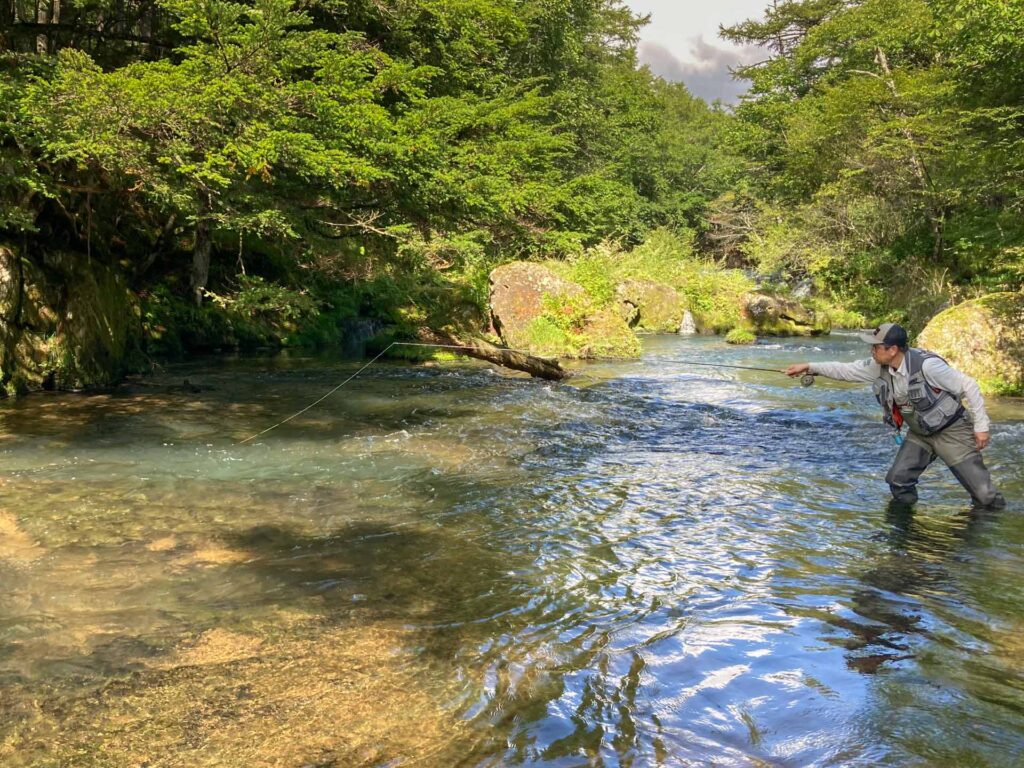
Best advantage of short-line is being able to adopt to change quickly aiming for fish staying in tight spot or along obstackles. Sight fishing is also the specialty of short-line while selecting the best performinf fly from fly box.
In a tournament or quick flowing natural rivers, short-line is the best method.
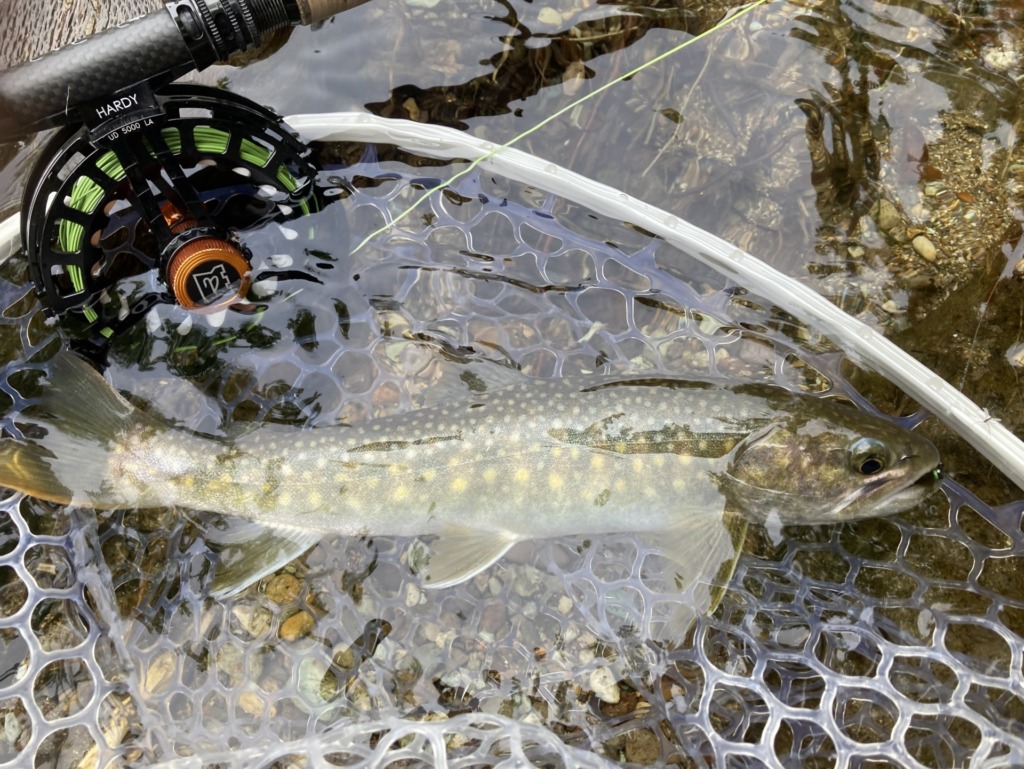
Long-line Nymphing
When you can't reach over mid current to fish the other side of river by short-line or necessary to cast further upstream to drift into deeper range, you need to do long-line nymphing by using both leader and flyline loading fly rod continously drawing a circle then rob cast (Belgian cast variant) into drifting nymph.
You let longer line length, thus long-line nymphing, which requires a line hand to constantly control line tension and reach to make successful presentation. Basic maneouver is same as in short-line, but instead of colured leader, fly line needs to be mended, if necessary, to keep the tension to detect a strike.
You can also actively use flyline to let the nymph swim towards you or swing downstream to lure fish into bite.
Therefore it is more suitable to target fish who is actively feeding in lanes.
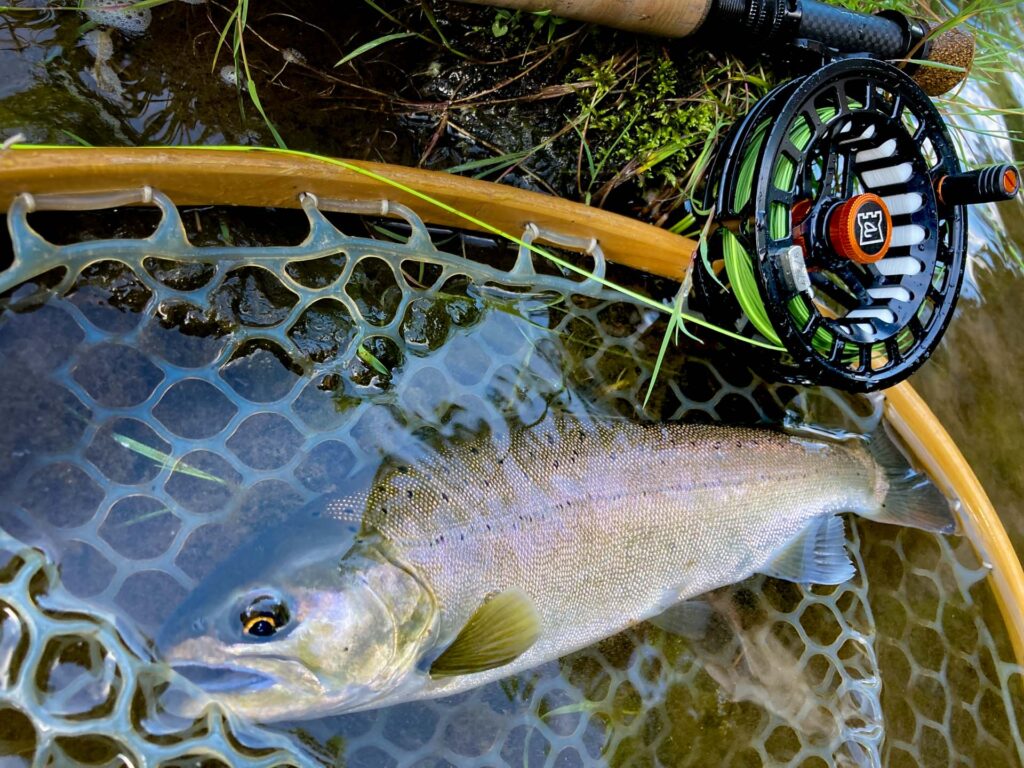
Step 1: Choose the Length of Fly Rod Matching to Field
Fly rods designed for Euro Nymphin are mostly under 11'6'' due the international competition rule prohibiting the use of fly rod longer than 12 feet in length.
In small river, 10 feet rod is the best choice giving the best maneovure for short-line nymphing. Since this is the basic length, competition players and instructuors strongly recommend getting used to this length so that one can recreate the learning on video or live coaching.
In larger river where fishing over mid current is common, then at least 10'6"" or even 11 feet rod is the best choice. Longer length adds to casting torque which makes casting level fly line easier. 11 feet is becoming the popular choice by European competition anglers fishing river pressured by short-line nymphing and North American recreational anglers to cover more water in slower pace searching for bigger fish.
Step 2: Choose the Weight of Fly Rod for Sensitivity, Castability, and Ability of Fight
As the technology progress, 3 weight has become the standard of rod weight having good balance of sensitivity, castablity, and ability to fight fish up to 40cm class.
2 weight gives th beset sensitivity especially fishing pressured river, howerver, both castability and ability of fight becomes more demanding. Also this weight is not suitable to cast full weight 4.0mm (3.8mm) beadhead nymph dropper rig, thus more suitbale to set a rig using fles with beadhead nymph smaller than 3.0mm which is about 0.3 gram.
4 weight is essential when fishing a river where the average size of fish exceed 35cm and occasional 50cm and above class fish are expected. Also, it is the best perfromance weight to use a rig with 4.0mm beadhead nymph that can sink fast into the feeding range of fish in competitive circumstances or fishing for big trout hiding in depth. If one is fishing for Hokkaido where rainbow trouts fight twice as hard as the ones in Honshu, this is optimal choice.
There are 5 weight and 6 weight rod available in the same length, but they are more in tune for stillwater fishing.
Yet if one is fishing stream with sea-run fish or resident big trout, that will be the choice.
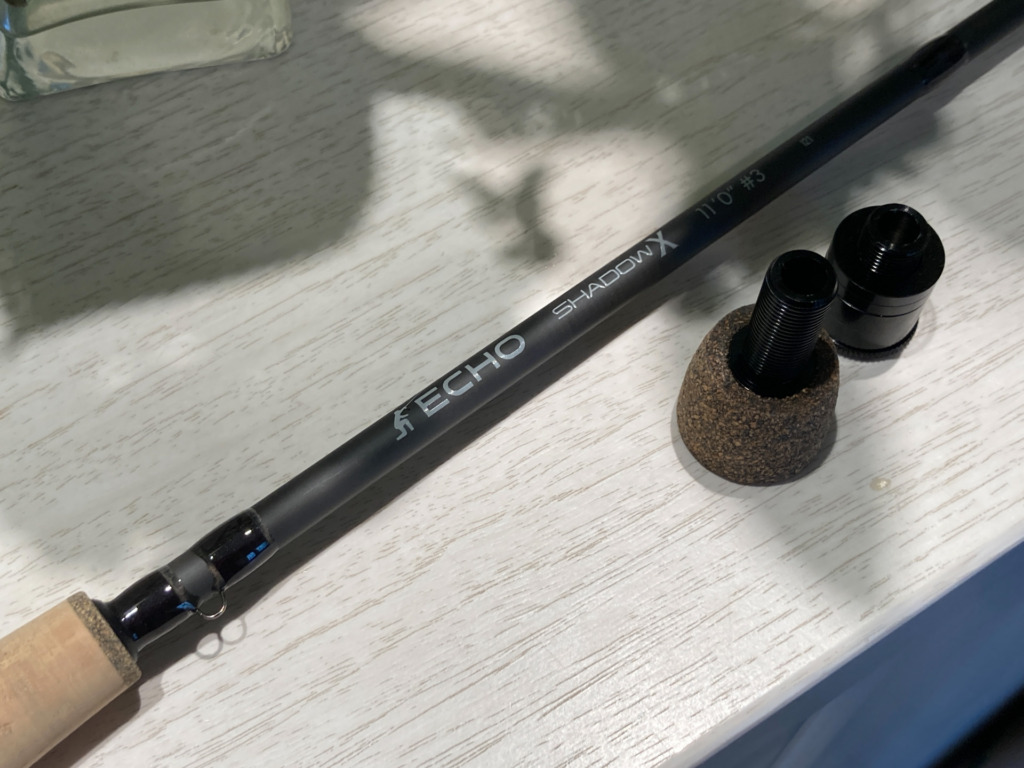
In Honshu where majority of river prohibits the use of droppers, 2 weight is sufficient even using the single 4.0mm beadhead nymph.
Step 3: Choose a Fly Rod for Its Performance and Budget
Nymphing rod, with its unique casting and fishing requirement needs to have "tip sensitivity detecting strikes and bottom", "smooth bend of top 1/3 section for good hook set", "castability of mid section reflex" and "abililty to fight on strong butt section". That is excessively demanding conditions, especially when one is looking for the lightest rod weight to reduce fatigue, so an angler has to make the fit choice considering function vs budget.
| Fly Rod | Length & Weight | Rod Weight Class |
| Sage ESN 2nd Generaetion | 2100-4: 10' 2wt 3100-4: 10' 3wt 3106-4: 10''6''' 3wt 4100-4: 10' 4wt | 70-80g |
| Sage Sense | 3100-4: 10' 3wt 3106-4: 10''6''' 3wt 4100-4: 10' 4wt | 80-90g |
| Redington Strike Euro Nymph | 3100-4: 10' 3wt 3106-4: 10''6''' 3wt 4100-4: 10' 4wt 3110-4: 11' 3wt 4110-4: 11' 4wt | 90-100g |
| Echo Shadow X | 10' 2wt 10' 3wt 10''6''' 3wt 11' 3wt | 70-90g |
| Echo Shadow II | 10' 2wt 10' 3wt 10''6''' 4wt | 80-90g |
| Echo Carbon XL Euro Nymph | 10' 3wt 10' 4wt | 90-100g |
| Scott Centric (Radian descendant) | C1004/4: 10' 4wt C1005/4: 10' 5wt C1006/4: 10' 6wt | 70-80g |
| R.L. Winston Boron III Super 10 | 10' 3wt 10' 4wt 10' 5wt | N/A |
| Thomas & Thomas Contact II | 10' 2wt 10'9'' 2wt 10' 3wt 10'9'' 3wt 11'2'' 3wt 10'9'' 4wt 10'8'' 6wt | 80-90g |
| Primal Zone | 10' 2wt 10''6''' 3wt 10' 4wt | N/A |
| Primal Contact | 10' 3wt 10' 4wt | N/A |
| Syndicate P2 Pipeline Pro Series | ※更新中 |
Step 4: Choose Matching Fly Reel
Fly rod and fly reel generaly needs to balance at the fore girp to give optimal kinetic transfer from the grip into the working point, but that's a story for mainly overhead casting bending rod back and forth. Euro nymphing doesn't often do that even in long-line nymphing, so the fly reel needs to counterbalance for fishing weight from the furthest fly to the end of line system meeting rod tip.
Considering most of Euro Nymphing rods are purchased in 2-3-4wt, fly reel needs to only scale up to 4-5-6wt and it is better lighter to reduce fatigue when high sticking. If you are only using single fly, however, you can ignore this balance and use even smaller fly reel to make the whole tackle tip heavy which will help retain line tension adding to the sensitivity you need.
As for the spool and rim design, it is not recommended to use any out-spool or open frame fly reel which has a cavity between spool and housing where thin diameter level line system can easily gets trapped which can cause jam and sometimes damage in line system which you will regret when fighting big fish. In-spool fly reel where rim of the spool is fully concealed or fly reel comes with line guard are the ones for Euro Nymphing.
There are specialty fly reel designed to add weight to make the balance adoptable to the change in weight in system. If you are more serious competition style angler, this is worth an investment so that you optimize your tackle for the best performance regardless of changes in any part of system.
Drag is a huge contribution factor when it comes to meeting surprising big fish where disc drag of max 1.5kg is suffcient, however, if you are fishing in big stream where occasional migrating fish may occur, then you should upscale the drag to match the strength of the fish.
| Fly Reel | Diameter, Weight | Features |
| Sage ESN | 98mm, 140gram | In-spool, 3 pieces of counter weight 1/2, 1, 1 1/2 oz |
| Redington TILT | 101mm, 160 gram | In-spool , 3 pieces of counter weight of 1 oz |
| Bauer RVR Euro Nymph | 95mm, 139gram | In-spool |
| Hardy Ultradisc UDLA | 4000: 94mm, 113gram 5000: 99mm, 120gram | In-spool |
| Waterworks-Lamson Speedster HD -7+ | 101mm, 140gram | In-spool |
| Galvan Euro Nymph 3.5 | 140gram | In-spool |
Step 5: Choose Fly Line
The international rule regulates the fly line used in competition: "minimum 22m in length" and "thicker than 0.55mm diameter at the thinnest section". You can ignore this if you are only doing short-line nymphing, but choosing flyline produced meeting this standard is the one pros and compeitors are using, so best choice to mimic their techniques.
Also it makes sense having different characteristics in 3 different sections of fishing line: fast sinking non-stretch fluorocarbon as tippet, slow sinking and moderately-low-stretch coloured nylon as leader, and floating coated level line as fly line that can provide flexible presentation.
また、流れをまたぐプレゼンテーションを行うことになるので、テーパーが付いていない「ニンフィング用」とされているレベル・フライラインの方がダイレクト感を維持できるので主流になっています。
| Fly Line | Features | FIPS Qualified |
| RIO FIPS Euro Nymph | Fit to 2-5wt, 24m length, loops welded on both side. FIPS-Mouche official nymphing line. | Official |
| Airflo Nymph | Fit to 2-4wt, 25m, loops welded on both side. 1.2m from tip is in FL orange for better sighting. Comes in low-stretch core or mono core clear. FIPS approved. | Approved |
| Dohiku Level Racing Line | Fit to 2-4wt, 24m, loops welded on both side. 2m from tip is in FL colour for better sighting. Comes in low-stretch braided-core with excellent sensitivity. | Approved |
| Scientific Anglers Competition Nymph | Fit to 2-5wt, 24m length, no loops welded. Mono-core. | Approved |
| RIO Technical Euro Nymph | Fit to 2-5wt, 24m length. 14 feet level leader is integrated with mono-core line. | Qualified as in 2022 |
| RIO Technical Euro Nymph Shorty | Fit to 2-5wt, 6m in length. 14 feet level leader is integrated with mono-core fly line. Cannot be used in competition but sold as an attachment to conventional fly tackle. | Not Qualified |
| RIO Euro Nymph Shorty | Fit to 2-5wt, 6m in length, loops welded on both sides, mono-core fly line. Cannot be used in competition but sold as an attachment to conventional fly tackle. | Not Qualified |
Step 6: Chose Leader and Tippet
The regulation requires the whole section between the end of tippet tied to a fly and the end of leader tied to flyline must not exceed twice the length of fly rod. Also the whole section must be only either level or tapered down including dropper parts not to make weight forward system. - comply if you want to buld skill towards competition.
Common length of tippet is set to 1.5 times the depth of water, and this rule actually helps simplifying the system when changing or adding dropper worrying about less choice something you will appreciate in the midst of competition session.
Leader section mostly serving as indicator above water is allowed to use coloured line and best recommended to use nylon for moderate stretch that reduces bounce on strikes. You can use the ones produced for other fishing for Kurodai or reef fishing suitable to your comfortable sighting.
What French and Spanish are using is knotting multi-coloured leader parts by blood knot or surgeon's knot. In Japan or anywhere only single fly is allowed, double-eight knot is the fastest knot recommended.
You don't snip off the tie end of colour leader to serve as additional indicator.
However, in high pressure river or spooky trout can see the coloured leader dropping shadow on skinny water. In which case, leader is best blend in with background or tranparent. You can then add a coloured leader wax (permitted as of now) to serve as indicator.
Step 7: Choose Between Single Fly or Dropper Rig
If you are fishing single fly, then you tie your fly straight onto tippet.
If you are setting up droppers, you can use tippet rings up to 3 to help make things easy to change tippets.
Best minimalist approach doesn't use tippet ring at all, but tie a fly to a dropper tippet first, then knot the end of tippet to main line with double-eight knot.
Step 8: Select Fly
Finally, the most fun part - selecting fly! Commonly you choose the heaviest nymph as point fly then use lighter or smaller nymph of droppers. However, single fly approach is very exciting allowing quick change of trying as many flis as possible.
It is best performed when matching nymph to the hatch, however, speed is also the key where you can stick to one pilot fly and cover as much water. If you don't need speed and worry about bottom, then you don't need to use jig nymph at all. You can fish top range with soft hackle or wet fly, tie a micro nymph as point fly then tie attractor dry fly as dropper, or cast small streamer to downstream to swing for hungry fish eating trout.
If complying with compeition rule and with local regulation of the fishery, fly hook must be 100% pure factory sharpened barbless hook aka chemically sharpened barbless hook. Controllers will use a silk cloth to test the barb when in doubut where a slight snag wil disqualify that fly.
Also real barbless hook has more freedom of designing hook points that can be sharper, longer, and even with aditional bend to help penetrate and retain better than most of barbled hooks.
If you are using single fly in competition, you need to comply with that particular control rule.

If fishing compeition style using dropper system, regulation is concerned. There is only one exposing bead allowed per fly while other element of weight must not stick out beyond the bend of hook and must be all covered by material. British compeition rule also requires the use of minmum 3 material including exposed bead.
Maximum diameter of bead can be up to 4.0mm which will be checked by a controller on a test hole on FIPS-Mouche Gauge.
A hook does function as weight itself therefore the length of hook must be up to 40mm which has to be narrower than 3mm wide test gauge. When fly is tied on a hook up to 20mm, then the fly must be narrower than 5mm wide test gauge.
Each dropper must be at least 50cm apart to avoid snagging.
Euro Nymphing in Stillwater
Same system can be also used in stillwater for bank and boat fishing. Unlike river fishing, presentation will be depending on fall and drift in flow. This system shared by Kunimi-san (Team Japan) worked very effectively for domestic area competition in Japan and for bass fishing. We will see how it works on recreational fishing in lakes and even saltwater bank fishing.
Summary
It may appear perfect solution, but this is a fishing method depending on the number of X marks available that is more detailedthan dry fly or wet fl fishing, therefore, population of fish needs match that volume otherwise you will be wasting many casts and presetntations.
Also, it is designed for the accuracy with only opmial attraction, so not the best system to distance cast to cruising fish or fish out of casting range. If you are using non-matching fly hitting the wrong depth, fish will not accomodate as done in dry fly or emerger. Heavy nymphs can spook fish in high pressured rivers.
However, it is the best system in fit environment able to pull fish out of very demanding condition, pull out the largest fish in the field by accumulating catches, and also it serves as great scounting tool to find out how fish position in the terrain is inside water. Quite the opposite of match the hatch sight fishing, but allows active search blind fishing.
Level line system may sound inconveneint for some used to tapered line system, however, today's fly rods have evolved to the level easy to cast even level line. You can use this tackle not only for nymphing but tenkara fishing. Combined with the fact it can also use many fly patterns from nymphs to streamer, this gives more choice when fly fishing like never before.
FIPS-Mouche Related Topics
Reference to the up-to-date rules.
Members Contributing to This Article
この記事のディスカッションに参加する | Join the Discussion
東京フライフィッシング&カントリークラブのFacebook グループ「Friends Lobby」ではメンバー以外の方とのディスカッションも行っています。気になる情報や質問などはこちらまで!
